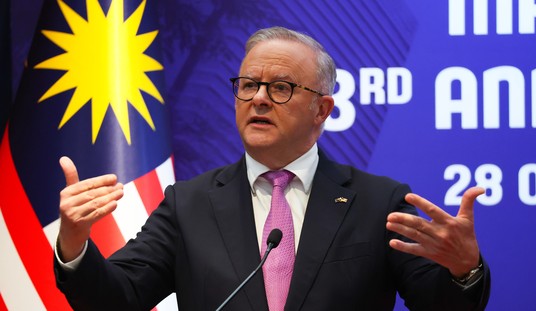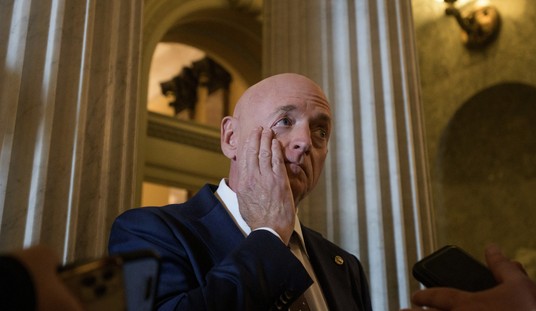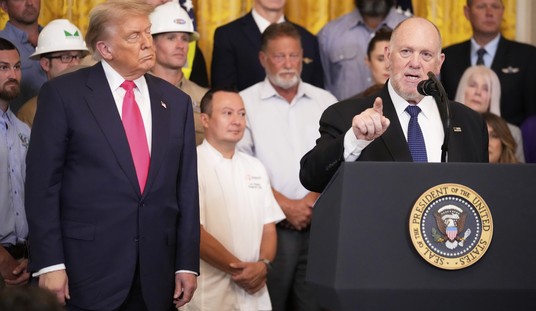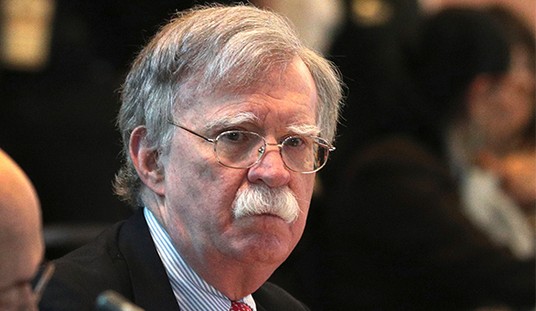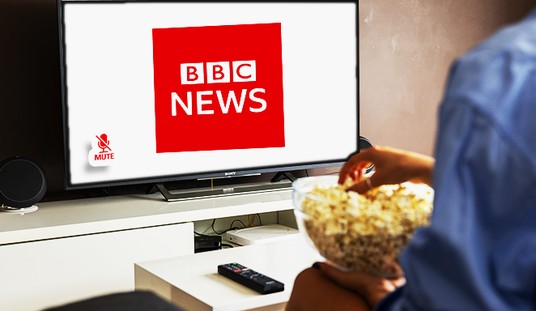In the three weeks President Trump has held office, his administration has gone after wasteful, stupid, and bizarre spending with a zeal unseen outside a think tank conference room. Across the government, we've seen agencies gutted and programs defenestrated. Along the way, we've discovered how the various grifts were fed. The USAID funded a network of 501(c)3 non-profits that pushed all manner of progressive causes abroad and, shockingly, in the United States. The Treasury payment system has no idea why it is sending money, who it is sending it to, nor does it care. Incredibly, several media outlets were revealed to have been paid millions by the Biden administration for "subscriptions," and they just happened to pooh-pooh the Hunter laptop story and cover-up Joe Biden's painfully obvious dementia. The importance of these systems to the progressive project can be measured in a very precise way. The more important the money was to underwriting the American left, the louder the howls of pain.
For all the screaming that was caused by gutting USAID, nothing has compared with Trump's tinkering with the National Institutes of Health grant process.
NIH awards over $35 billion in research grants each year. To say the system is one of corrupt self-dealing by a relatively small number of academic researchers in various disciplines could be said to be an understatement. That is a story for a different day. This money is very important to scientists for career purposes, and needless to say, it is essential to a handful of large research universities.
On Friday, February 7, Trump set off a megaton blast by reducing the allowable overhead rate for NIH grants to 15%. This is how NIH says the overhead works.
The average rate inside NIH stood at about 25 percent; that is, $9 billion of the $35 billion in research grants was skimmed off the top. Allegedly, this money went to support the lab, but "support" is an expansive term that might be used to describe a DEI administrator or business class airfare to a five-star hotel for a "conference."President Donald Trump's administration has brought a long-simmering debate over how the U.S. government supports university research back to a boil. In its 2018 budget proposal released last week, the White House proposes cutting so-called indirect cost payments that the National Institutes of Health (NIH) makes to universities, hospitals, and research institutes by about two-thirds, to 10% of each grant.
The administration says the change would allow it to redirect about $4.6 billion now spent each year on overhead—including maintaining labs and complying with regulations—to research. The shift would also enable it to cut NIH's budget by 22% without greatly reducing the agency's direct spending on science. Congress is unlikely to support the overall NIH cut, but policy experts say the administration might be able to trim overhead payments unilaterally.
The proposal has raised wide alarm. It would "literally turn out the lights in labs where universities have no other funding to pay for essential research infrastructure and operating expenses," says Mary Sue Coleman, president of the Association of American Universities in Washington, D.C., which represents 60 major U.S. universities. Some schools would tell their faculty to stop applying for NIH grants, observers predict, because the grants wouldn't come close to covering the full cost of the work.
This is a better idea of what it is really like.
With a small number of universities, the story was worse, or maybe better, depending on where you work.Last year, $9B of the $35B that the National Institutes of Health (NIH) granted for research was used for administrative overhead, what is known as “indirect costs.” Today, NIH lowered the maximum indirect cost rate research institutions can charge the government to 15%, above… pic.twitter.com/FSUYpEGKsr
— NIH (@NIH) February 7, 2025
What this means is a $3 million research grant to those schools gets you $1 million or less in research while the other $2 million gets siphoned off.
What is particularly fraudulent is the rates are "negotiated" between NIH and the grant recipients. If you've ever had to defend a company's financials to a Defense Contrat Audit Agency auditor, nothing you know is of any use in understanding the NIH process.
But, in the media, you'd have thought that Donald Trump was personally destroying America's competitive advantage in science, never mind that the overhead rate from the Gates Foundation is 10%, and none of the big private grant funders exceed 15%.
Researchers decry ‘disastrously bad idea’ as NIH slashes payments for research infrastructure
Trump’s NIH challenges the model that underlies U.S. scientific dominance - The Washington Post
I wasn't aware our scientific dominance was built on grifting by university administrators, but you learn something new every day.
Members of Congress of both parties went bat-guano crazy because large research universities tend to be very important to Members of Congress because lots of campaign donations come out of there. A consortium of states sued Trump over the directive; see States sue Trump admin over billions in research cuts. In case you were curious, these are the states: Arizona, California, Connecticut, Colorado, Delaware, Hawaii, Illinois, Maine, Maryland, Massachusetts, Michigan, Minnesota, Nevada, New Jersey, New Mexico, New York, North Carolina, Oregon, Rhode Island, Vermont, Washington and Wisconsin.
Naturally, a federal judge stepped in and stopped the policy: Federal judge blocks Trump from slashing research funding - The Washington Post.
What makes this uproar so strange is that the way the overhead system works has long been a bone of contention with the scientists applying for grants. They believe they are getting ripped off.
Ten years ago, the GAO pointed out how overhead was killing scientific research; see NIH Should Assess the Impact of Growth in Indirect Costs on Its Mission. Just five years ago, it was common to find articles demanding a lowering of the overhead rates: The NIH needs to become leaner and more innovative. Here's how | STAT.
At the NIH’s inception in 1887, scientific grants covered only direct costs. In the 1940s, recognizing that this model favored wealthy institutions, the NIH began to include indirect costs, initially capping them at 8 percent of the direct costs of the grant. Over the intervening decades, the cap increased to 26 percent and the NIH also created individualized indirect rates that now average 52 percent. With the NIH budget growth barely exceeding inflation, increasing indirect expenses directly inhibits the funding of new investigators and new grants.
Five years ago, overhead rates were killing science, but with Trump as president, lowering overhead hurts science. Go figure.
Eventually, this will sort itself out, and I'll bet if Trump demands an audit of overhead using Generally Accepted Accounting Principles, suddenly 15 percent is going to look damned good to Harvard and those schools taking the 60 percent vig out of each grant.
The bottom line is that the screaming you hear is the sound of rats with their collective tail caught in the trap. Dropping overhead is not going to hurt the men and women doing biomedical research, but it is going to require a drastic cut in bullsh** staff, and that will be good for science and for the nation.


